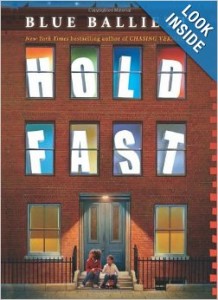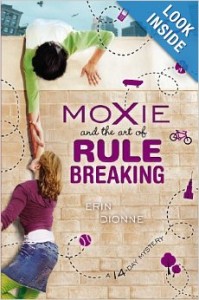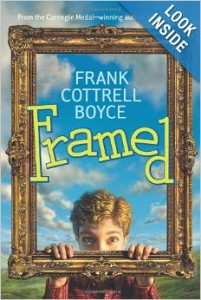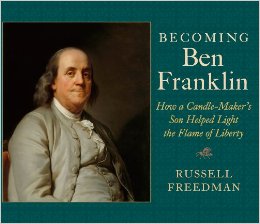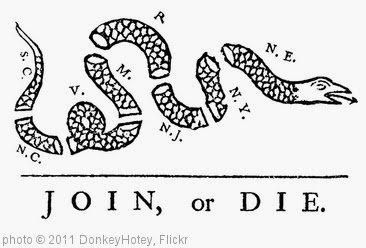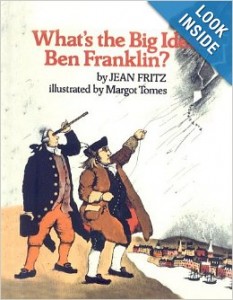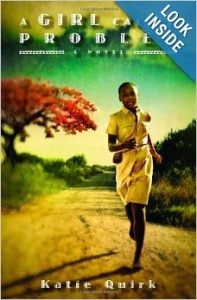 I have a thing about books set in other countries, especially African countries. Africa fascinates me for some reason. A Girl Called Problem is set in Tanzania in the early 1970’s when President Julius Nyerere encouraged Tanzanians to participate in his program of ujamaa, a socialist strategy emphasizing family and collective farming, to improve the economy and the living conditions of Tanzania’s poor and rural tribal peoples.
I have a thing about books set in other countries, especially African countries. Africa fascinates me for some reason. A Girl Called Problem is set in Tanzania in the early 1970’s when President Julius Nyerere encouraged Tanzanians to participate in his program of ujamaa, a socialist strategy emphasizing family and collective farming, to improve the economy and the living conditions of Tanzania’s poor and rural tribal peoples.
Wikipedia is not complimentary about the implementation and results of ujamaa:
“Collectivization was accelerated in 1971. Because the population resisted collectivisation, Nyerere used his police and military forces to forcibly transfer much of the population into collective farms. Houses were set on fire or demolished, sometimes with the family’s pre-Ujamaa property inside. The regime denied food to those who resisted. A substantial amount of the country’s wealth in the form of built structures and improved land (fields, fruit trees, fences) was destroyed or forcibly abandoned. Livestock was stolen, lost, fell ill, or died.
In 1975, the Tanzanian government issued the “ujamaa program” to send the Sonjo in northern Tanzania from compact sites with less water to flatter lands with more fertility and water; new villages were created to reap crops and raise livestock easier.”
In A Girl Called Problem the picture of ujamaa is much rosier. In the book the people of the fictional village Litongo move to a new place to participate in President Nyerere’s utopian project. Thirteen year old Shida (whose name means “problem”) believes that she and her mother have been cursed because her father died when Shida was born, but she knows that in the new village she will have a chance to go to school and to learn from the district nurse the thing she wants most to learn, how to be a healer.
Shida’s grandfather, Babu the village elder, tells the people that they should move to the new village, Nija Panda, for the sake of all Tanzania, and most of them do, although some are reluctant and fearful of the ancestors’ curse. This book is largely about reconciling the old ways with the new, what to keep and what to throw out. and about the sources of fear and strategies for confronting that fear. Shida listens to her elders, especially her mother and Babu, but she also respects and wants to learn from her schoolteacher and from the village nurse.
The book tells a good story about a girl coming of age in a time of change and stress, but two things bothered me about the context and setting. First of all, the author strategically ends her story before the failure of the ujamaa villages, a failure which was stark and catastrophic: “Tanzania, which had been the largest exporter of food in Africa, and also had always been able to feed its people, became the largest importer of food in Africa. Many sectors of the economy collapsed. There was a virtual breakdown in transportation. . . . Nyerere left Tanzania as one of the poorest, least developed, and most foreign aid-dependent countries in the world.”
In addition to glossing over the political situation, the author indicates that Shida’s mother is suffering from what appears to be mental illness, and again, as in two other middle grade fiction books that I read within the last month, the mother makes a quick and sudden recovery as a result of no intervention or therapy or anything. She simply decides not to be depressed anymore? If it were that easy, then no one would ever suffer from what we call clinical depression. Maybe Shida’s mom was just being a stubborn, self-centered old lady when she spent two weeks in the darkness, lying on her cot and refusing to move to Nija Panda. However, whatever the issue, sin or mental illness or both, she certainly makes a brilliant turnaround when the story comes to its climax and Mother Shida (women are called by the name of their oldest child) is needed to tie the loose ends together and make the story turn out well.
I enjoyed reading A Girl Called Problem myself, but I wouldn’t recommend it for impressionable middle grade readers who might get the wrong idea about the glorious efficacy of socialism and about the cure and treatment for mental illness and fear and selfishness. Julius Nyerere, who retired from government in 1985 and died in 1999, is still quite popular and even idolized in Tanzania, by the way, and in 2005 a Catholic diocese in Tanzania recommended the beatification of Nyerere, who was said to be a devout Catholic.

